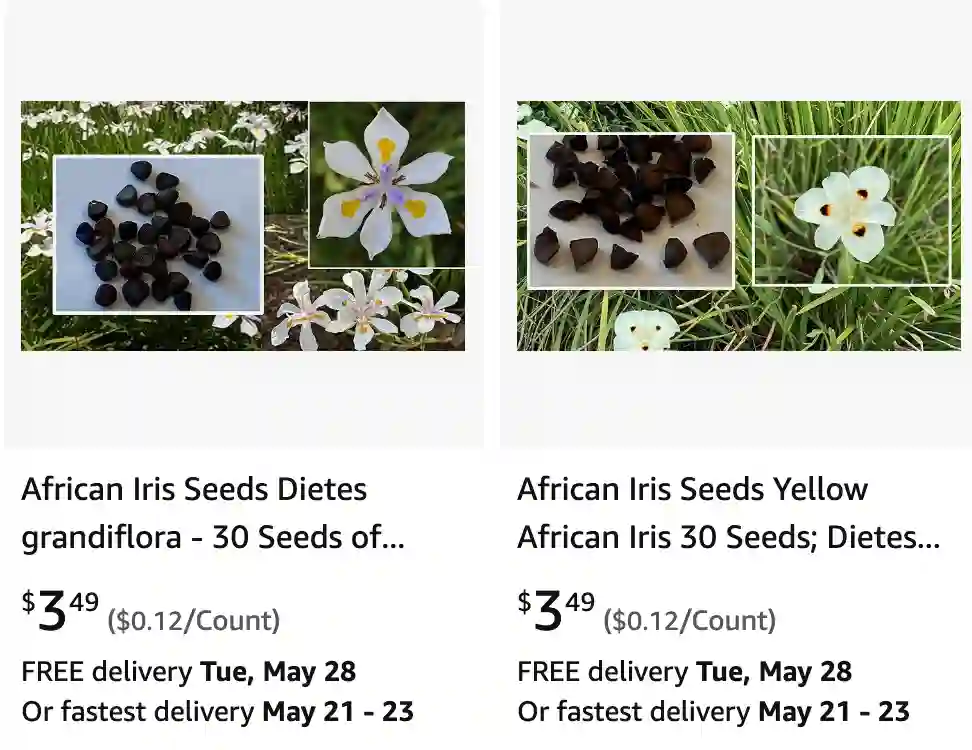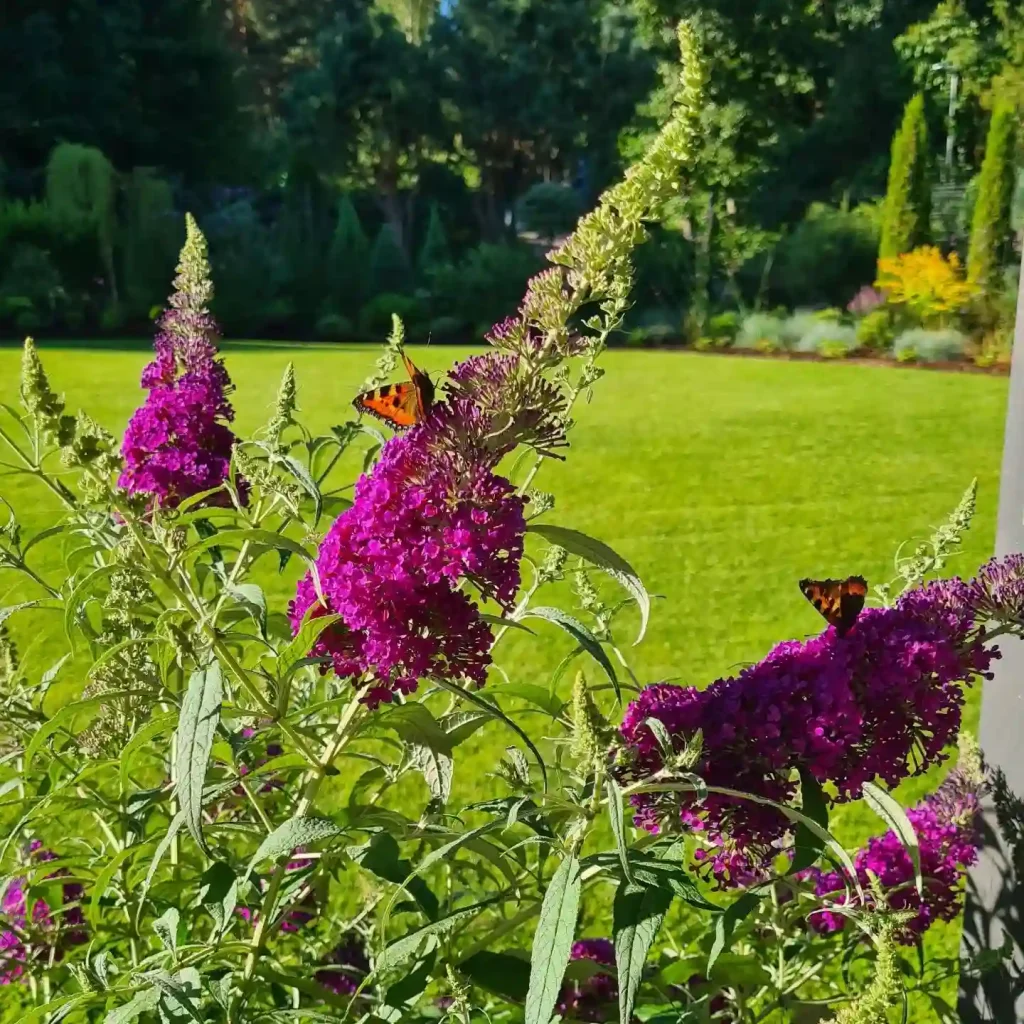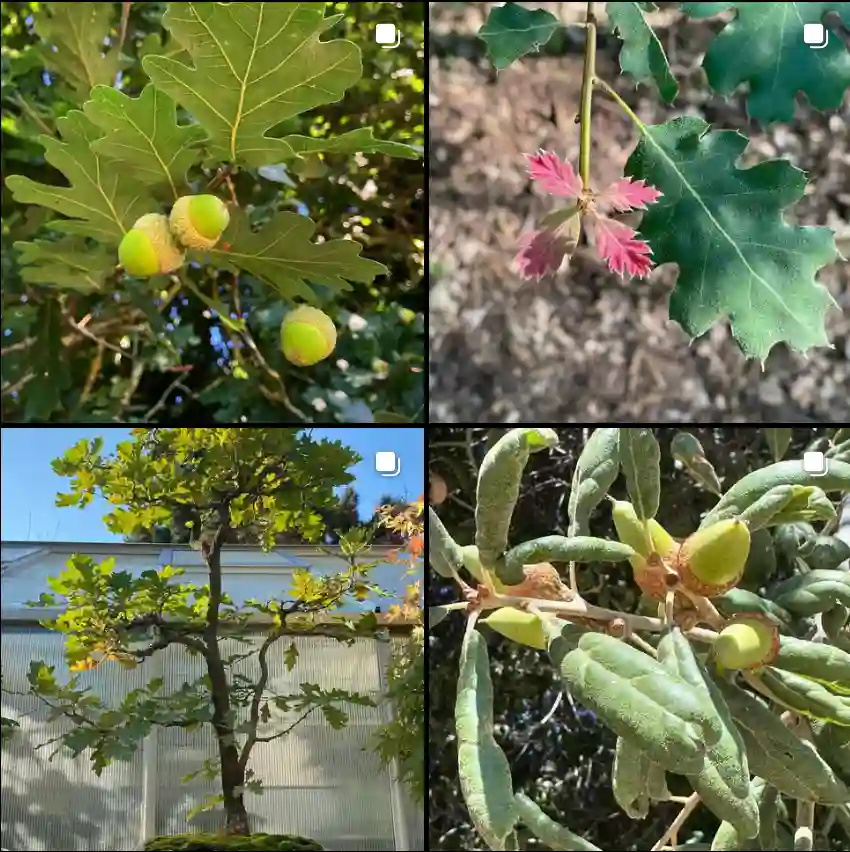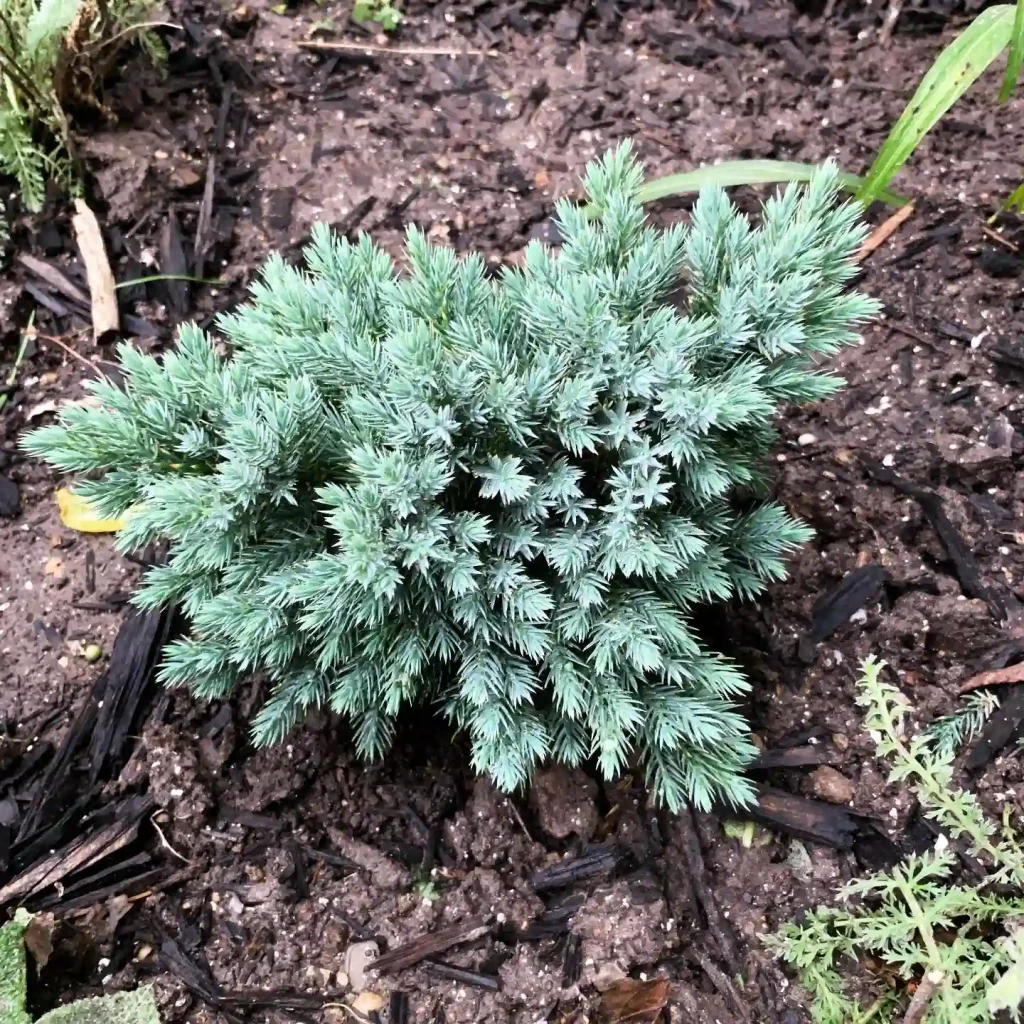
Dietes grandiflora vs dietes iridioides
When comparing Dietes grandiflora and Dietes iridioides, I’ve found that grandiflora tends to have larger, showier flowers and is a bit more robust in my garden, while iridioides has a subtler charm with its delicate blooms and slightly smaller stature.
6 Species in Genus Dietes
Dietes grandiflora vs bicolor
In my experience, Dietes grandiflora’s flowers have a vivid, almost iridescent quality that stands out, whereas Dietes bicolor offers a more understated elegance with its bicolor blooms, which I find adds a nice contrast to the garden.
Is Dietes grandiflora poisonous?
I remember looking into Dietes grandiflora, also known as Fortnight Lily, when I was planning my garden. I learned that while it’s not listed among the most toxic plants, it can cause mild irritation if ingested, so it’s best to handle it with care and keep it out of reach of children and pets who might be tempted to nibble on it.
What to plant with Dietes grandiflora?
When I was deciding what to plant with Dietes grandiflora, I chose companions that would complement its elegant, white blooms and evergreen foliage. I planted it alongside some colorful perennials like agapanthus and daylilies, which provided a beautiful contrast. I also added some ornamental grasses to create a layered effect and provide a textural difference in the garden bed.
How to prune Dietes grandiflora?
Pruning Dietes grandiflora was pretty straightforward in my experience. I usually wait until after the blooming season to prune. I remove any spent flower stalks and cut back any dead or damaged leaves. This helps the plant look tidy and encourages healthy new growth. Sometimes, I even do a light trimming of the foliage to keep the clump looking neat.
Is Dietes grandiflora poisonous to dogs?
Since I have a dog, I was concerned about whether Dietes grandiflora might be harmful to her. After doing some research, I found out that while it’s not highly toxic, it can cause mild gastrointestinal upset if ingested. So, I decided to plant it in a part of the garden that my dog doesn’t frequent much, just to be safe.
How to divide Dietes grandiflora?
Dividing Dietes grandiflora is a great way to propagate new plants and rejuvenate existing clumps. Here’s a guide to get you started:
Best Timing:
- The ideal time to divide Dietes grandiflora is in fall or early spring.
- Avoid dividing during the hot summer months when the plant is actively growing and more susceptible to stress.
Digging and Dividing:
- Water thoroughly: The day before dividing, water the plant deeply to loosen the soil and make it easier to dig up the root ball.
- Carefully dig up the clump: Use a shovel to carefully dig around the base of the plant, ensuring you get the entire root ball.
- Divide the clump: Using a sharp knife or spade, gently divide the root ball into sections. Each section should have a healthy crown (the base where the leaves and roots meet) and several roots.
Replanting:
- Prepare the planting holes: Dig planting holes for each division that are twice as wide as the root ball. Amend the soil with compost or organic matter for better drainage and root growth.
- Plant the divisions: Position each division in the planting hole, ensuring the crown is level with the soil surface.
- Backfill and water: Fill the hole with soil, gently firming it around the plant. Water thoroughly to settle the soil and hydrate the roots.
Aftercare:
- Keep the newly divided plants consistently moist, especially during the establishment period.
- You can apply a balanced fertilizer in the spring to promote healthy growth.
- Monitor the plants for any signs of stress and adjust watering accordingly.
Additional Tips:
- Dividing Dietes grandiflora is not necessary every year. You can typically do it every 4-5 years when the clumps become overcrowded.
- If the clumps are very large and difficult to manage with a hand tool, you can use a garden fork to help loosen and pry them apart.
- Be sure to disinfect your cutting tools before dividing the plants to prevent the spread of diseases.
If i die, water my plants!



